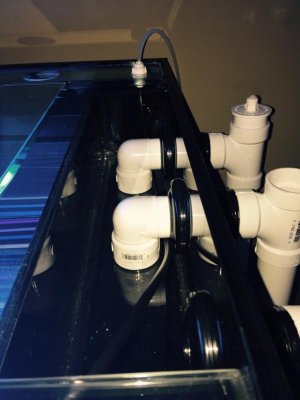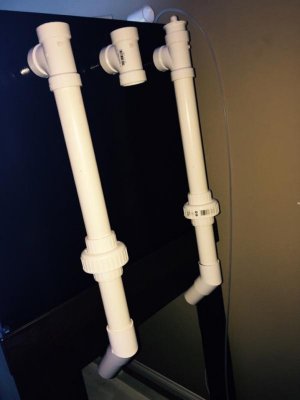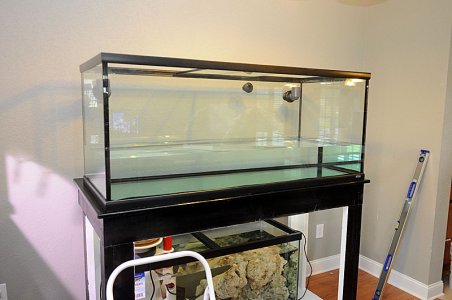sleepydoc
Team RC
I was more thinking of the difficulty of cutting a long thin piece without it breaking, but if you can get it, great.
I admittedly don't have a ton of experience drilling holes in glass, but the recommendation from people who do is 1 diameter., so the glass should be a minimum of 3x48 = 144mm = 5.67" , so 5 3/4" should be perfect.
Just make sure your plumbing is well supported so it isn't pulling down on the sump
I admittedly don't have a ton of experience drilling holes in glass, but the recommendation from people who do is 1 diameter., so the glass should be a minimum of 3x48 = 144mm = 5.67" , so 5 3/4" should be perfect.
Just make sure your plumbing is well supported so it isn't pulling down on the sump




